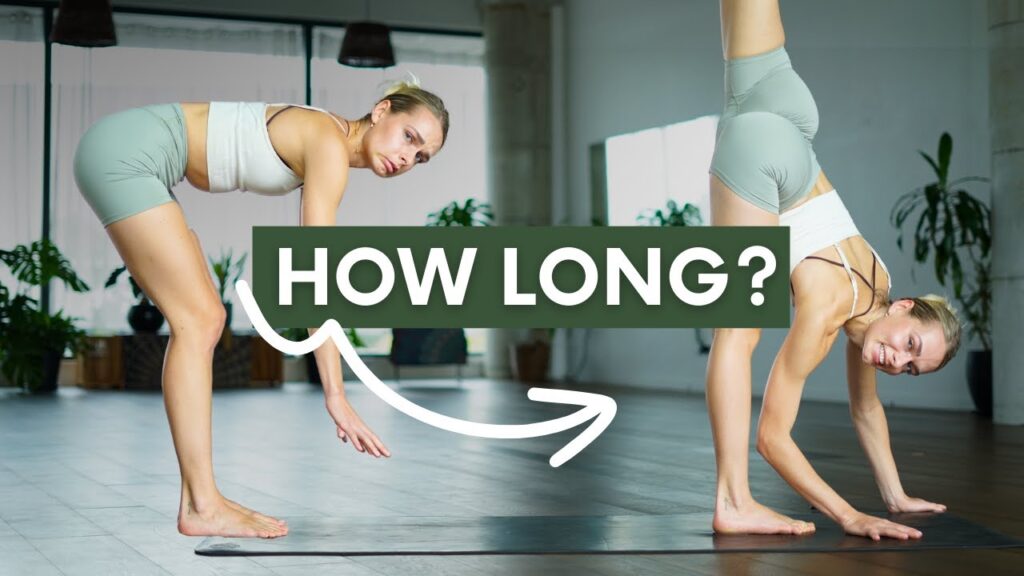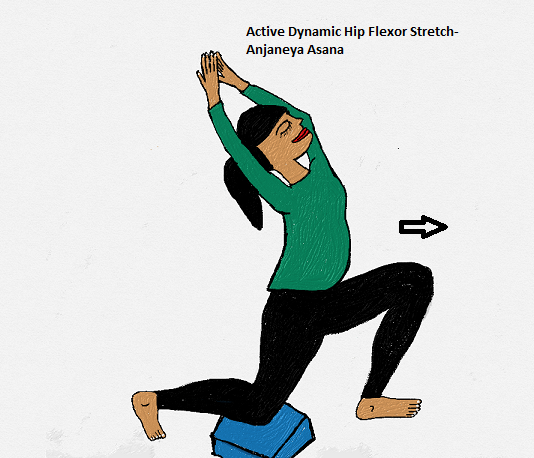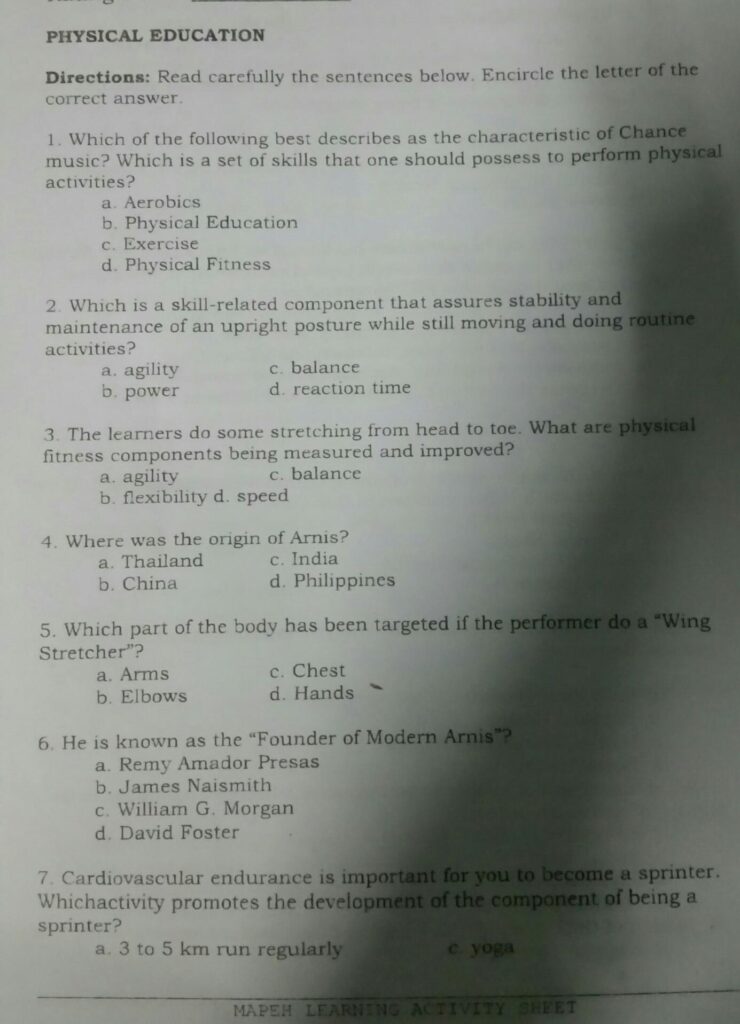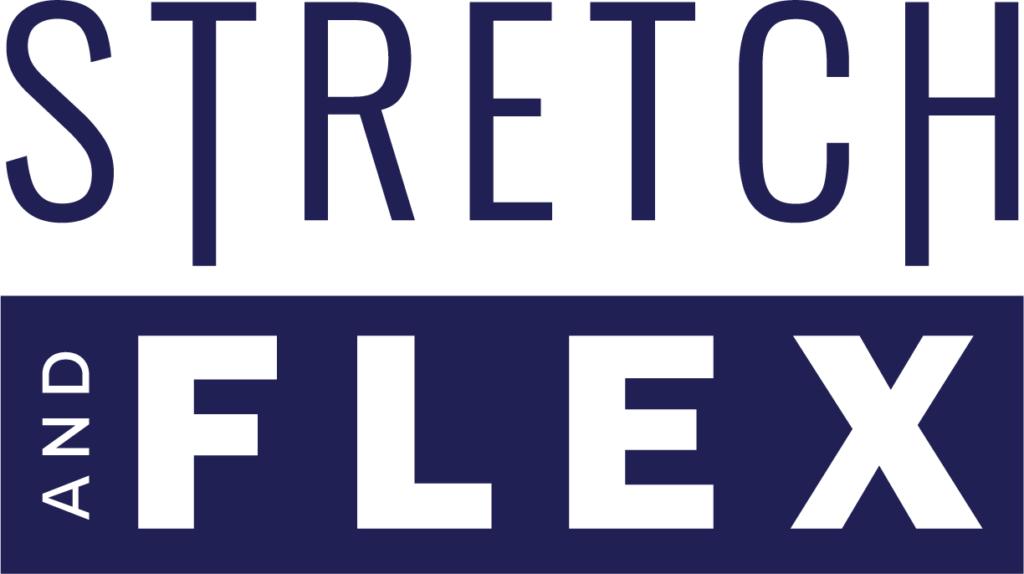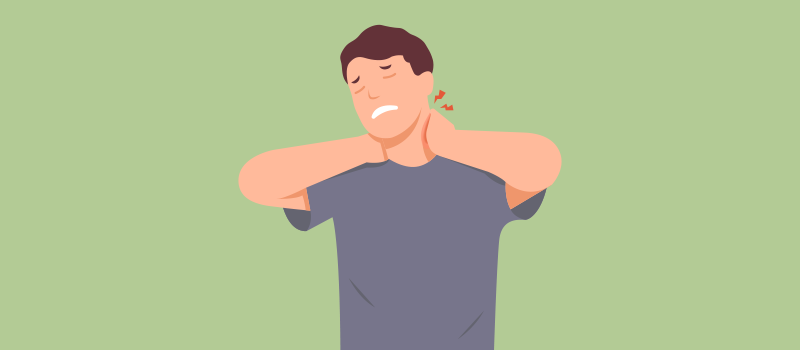How long it takes to get flexible varies from person to person, typically ranging from a few weeks to several months. Consistent stretching and targeted exercises can speed up the process.
Flexibility is crucial for overall physical health and well-being. It enhances your range of motion, reduces the risk of injury, and improves posture. Achieving flexibility requires regular practice and dedication. Daily stretching exercises, yoga, and pilates are effective methods to increase flexibility.
Maintaining a balanced diet and staying hydrated also support muscle health. Everyone’s body responds differently, so patience and consistency are key. Whether you’re an athlete or just looking to improve daily movement, integrating flexibility routines into your fitness regimen can yield significant benefits over time.
Flexibility Fundamentals
Flexibility is the ability to move joints and muscles freely. It helps in performing daily activities with ease. Stretching regularly can improve flexibility over time. It’s important to stretch all major muscle groups.
Good flexibility can prevent injuries during physical activities. It also helps in reducing muscle soreness. Flexibility training should be part of a balanced fitness routine. Stretching should be done both before and after exercises.
Flexibility is crucial for overall health. It enhances physical performance and posture. Better flexibility can lead to improved balance and coordination. This reduces the risk of falls, especially in older adults.
Stretching exercises can relieve stress and tension. They also promote blood circulation throughout the body. Regular stretching can help in reducing chronic pain. It can also improve your mood and mental health.

Credit: straighttalkingfitness.com
Factors Influencing Flexibility
As people get older, their muscles and joints become less flexible. Young children are often very flexible. Adults need to work harder to stay flexible. Stretching regularly can help maintain flexibility as you age. It’s important to start stretching at a young age. This helps keep your body flexible for longer.
Men and women have different levels of flexibility. Women tend to be more flexible than men. This is due to genetic factors and body structure. Hormones also play a role in flexibility. Pregnant women may find they are more flexible. This is because their bodies produce a hormone called relaxin.
Your daily activities affect your flexibility. Active people are generally more flexible. Sitting for long periods can make your muscles tight. Regular exercise helps keep your muscles loose. Healthy eating also supports flexible muscles. Foods rich in vitamins and minerals are good for your joints. Stretching exercises should be part of your daily routine.
The Science Of Stretching
Static stretching involves holding a stretch for a period. Dynamic stretching uses movement to stretch muscles. Ballistic stretching includes bouncing motions. PNF stretching combines stretching and contracting muscles.
Stretching improves flexibility by lengthening muscles. It increases blood flow to the muscles. Muscles become more elastic and less prone to injury. Stretching helps reduce muscle soreness.
Assessing Your Flexibility
Touch your toes while keeping your legs straight. Can you reach them? Try a shoulder stretch. See how far you can reach behind your back. Perform a side bend. Observe how low you can go. Bend forward from a seated position. Check if you can touch your feet. These tests help you know your flexibility level.
Set small goals first. Aim to stretch daily. Track your progress weekly. Increase your stretch time gradually. Focus on different muscle groups. Celebrate small wins. Adjust your goals as you improve. Stay patient and consistent. Flexibility improves over time.
Flexibility Training Basics
Start with a light cardio warm-up. This can be a short jog or jumping jacks. Warming up helps increase blood flow to your muscles. This makes them more pliable. Always spend at least 5 to 10 minutes warming up. Skipping warm-ups can lead to injuries. Warm muscles stretch better and improve flexibility.
Static stretching involves holding a stretch for 20-30 seconds. Dynamic stretching includes moving parts of your body. Both methods improve flexibility. Consistency is key. Stretch daily for the best results. Never force a stretch. It should feel comfortable but challenging. Always breathe deeply during stretches.
Creating A Flexibility Routine
Start with simple stretches. Stretching daily helps muscles loosen up. Try toe touches and arm circles. These stretches are easy and effective. Always hold each stretch for 15 seconds. Breathe deeply during each stretch. Consistency is key for improvement.
Yoga and Pilates improve flexibility. They also strengthen the core. Begin with basic poses like the child’s pose. This pose stretches the back and legs. Another good pose is the downward dog. Hold each pose for 20 seconds. Pilates exercises like the hundred are great too. They help tone muscles and increase flexibility.
Common Flexibility Pitfalls
Overstretching can cause muscle injuries. These injuries slow down progress. Tears and strains are common problems. Rest is needed to heal. This delays flexibility goals. Moderate stretching is safer. It helps muscles grow slowly. Patience is key to flexibility. Always listen to your body. Stop if you feel pain.
Pain is not a sign of progress. Pain can mean you are doing something wrong. Mild discomfort is normal. Sharp pain is not. Pushing too hard can cause injuries. Injuries stop your progress. Consistent, gentle stretching works better. It builds flexibility over time. Stretching should feel good. Enjoy the process for better results.

Credit: www.youtube.com
Measuring Progress
Keep a journal of your flexibility exercises. Write down the stretches you do each day. Measure how far you can reach or how long you can hold a stretch. Take photos or videos to see the changes over time. Use a ruler or tape measure to track distances. Celebrate small improvements to stay motivated.
Change your routine every few weeks. Add new stretches to target different muscles. Increase the duration of your stretches slowly. Listen to your body and avoid overstretching. Consistency is key for gains in flexibility. Mix in dynamic and static stretches for the best results. Stay patient and keep practicing.
Tips For Accelerating Flexibility
Drinking enough water is very important. Hydrated muscles can stretch better. Eat foods rich in vitamins and minerals. These foods help the body to recover. Proteins help to build and repair muscles. Fruits and vegetables provide essential nutrients. Avoid junk food for better results.
Rest is crucial for muscle recovery. Sleep well for at least 8 hours. Muscles repair during sleep. Taking breaks between exercises prevents injuries. Stretching should be gentle, not forceful. Overstretching can harm the muscles. Listen to your body’s signals.

Credit: omstars.com
When To Expect Results
Some people see results in a few weeks. Others may take a couple of months. It depends on your current level of flexibility. Age and body type also play a role. Doing stretches regularly helps. Aim for at least three times a week. The more you practice, the faster you will see changes.
Patience is key to getting flexible. Progress can be slow at times. Don’t give up if you don’t see quick results. Stay consistent with your practice. Track your progress to stay motivated. Celebrate small victories along the way. Flexibility improves gradually with time.
Frequently Asked Questions
How Quickly Can You Gain Flexibility?
You can gain flexibility in a few weeks with consistent stretching. Progress depends on individual factors like age and fitness.
How Long Does It Take To Get Flexible Enough To Do The Splits?
Achieving splits flexibility varies by individual. Consistent stretching can take anywhere from a few months to a year.
What Is The Fastest Way To Get Flexible?
The fastest way to get flexible is through daily stretching exercises. Focus on dynamic stretches before workouts and static stretches after. Yoga and Pilates also enhance flexibility. Consistency is key.
At What Age Are You Most Flexible?
People are most flexible during childhood, typically between ages 8 to 10. Flexibility generally decreases with age.
Conclusion
Achieving flexibility takes time and consistent effort. Start with daily stretches and gradually increase intensity. Listen to your body to avoid injuries. Patience and persistence will help you see progress. Remember, everyone’s journey is unique. Stay dedicated, and you will see improvement in your flexibility over time.
Keep pushing forward!

